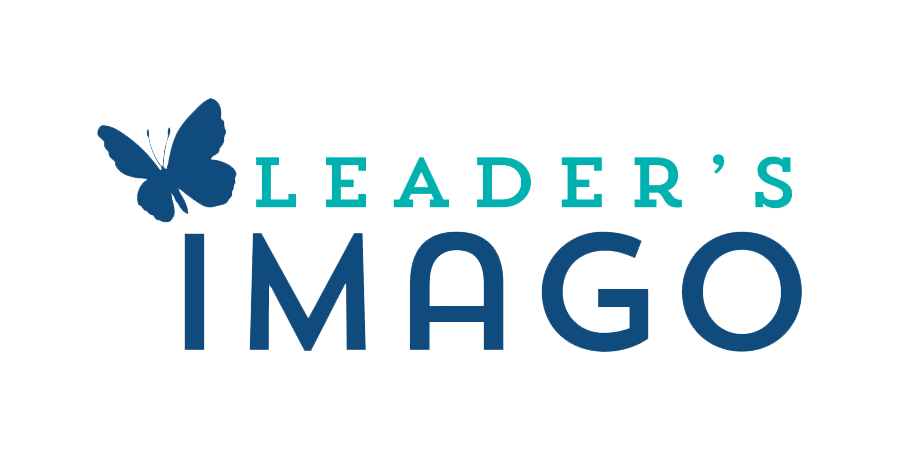I recently heard someone say, “With crisis comes clarity.” I thought, “What the heck am I missing? I’m in crisis just like everyone else but I am not experiencing any clarity!” I have to be honest. When the pandemic hit and life changed, I was REELING – whirling, upset, dazed, bewildered. Self-empathy followed. It makes sense to feel off-kilter when there is so much change imposed so quickly. Then I talked to my coach, and realized I’ve got to stop reeling and start rowing.
We all do. In order to navigate the murky waters ahead of us, we must start rowing. Many businesses and leaders are already moving out of crisis mode, and are now looking ahead to the future. The big buoy for us to safely maneuver around is “How will we operate in a time that requires both human physical security and psychological safety for our employees and customers alike?”
What could “Start Rowing” look like for you and your work team? Here is a thought:
- Make a list of the typical work tasks and activities that happen on any given day (meetings in a conference room, eating in the cafeteria or break room, operations in a work cell or on a production line, working in cubicles or open office spaces, handing off physical materials from one person to the next, walking down the hall, using the restrooms, change rooms or locker areas, entering someone else’s home (if your work requires that) or office space, etc.)
- Engage your team to brainstorm measures to enable employees to return to work safely – think virus/antibody testing, social distancing and cleanliness standards, etc. Also brainstorm ideas to increase the feeling of safety – this is the psychological part. What measures would make our employees and customer FEEL safe to come here? Brainstorm ideas that could be implemented if there were no budget limitations. Brainstorm with abandon!
- Evaluate the ideas to determine what is feasible and identify any risks that need to be addressed (what could go wrong, what unintended consequences could result from implementing this, what barriers do we put in place to prevent the risk).
- Implement the measures. But this is not a “one and done” implementation. Think PDCA or “Plan, Do, Check, Act”. After the measure is implemented, “Check” to see if it is working as intended. What difficulties are arising? What is working? What is the ripple effect in the system as a result of the measure being in place. Then “Act”. Either tweak what was implemented to improve it, implement something different, or make the successful measure the new standard.
These are relatively simple steps to get you to stop reeling and start rowing. I’m following them, too. Note: simple doesn’t mean easy. Good luck to all of you as we face the future together! Call me if you’d like a brainstorming partner!



